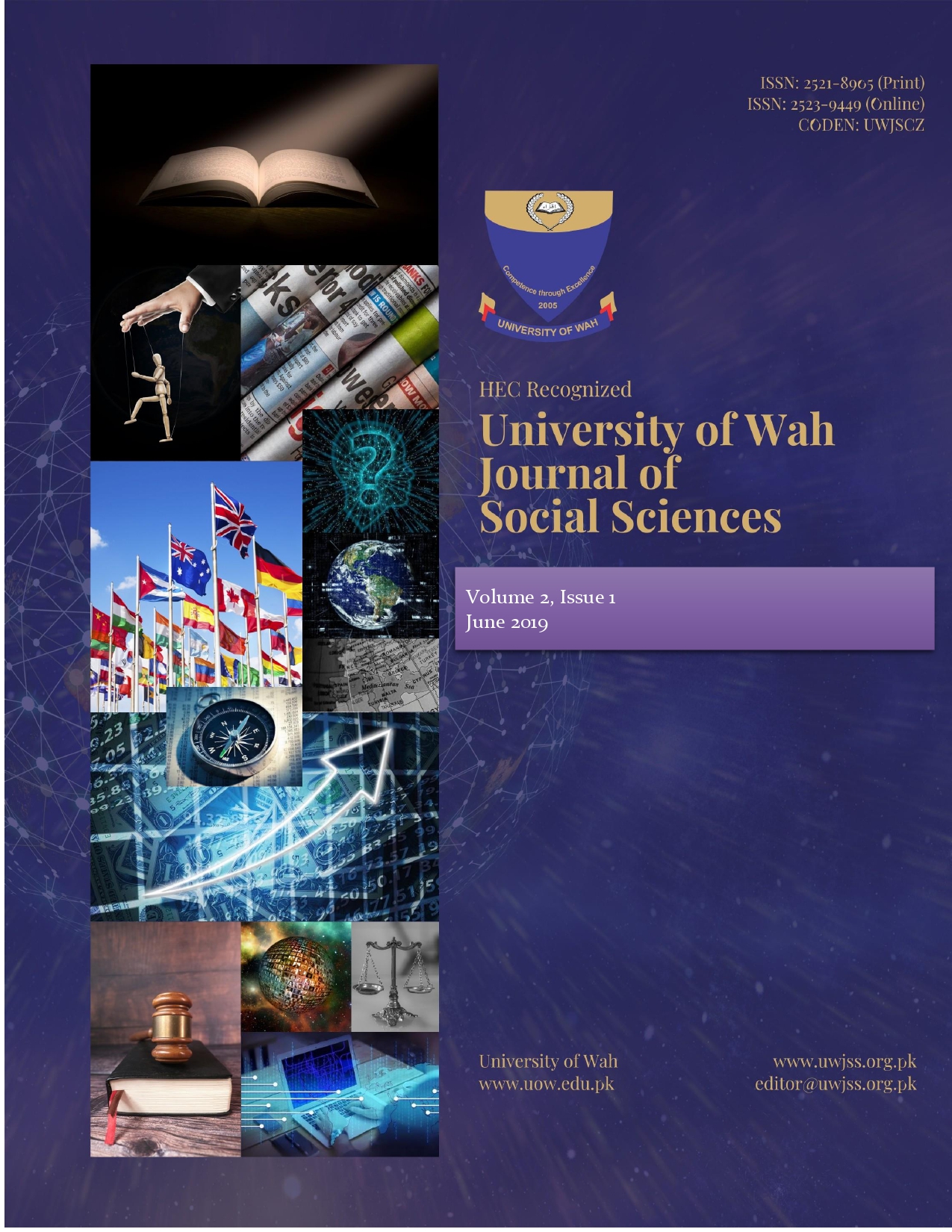A Comparative Study of Gender Inequality in Education Pertaining to Economic and Socio-Cultural Aspects at Secondary School Level in District Swabi
Keywords:
Gender inequality, Education, cultural aspect, social aspect, economic aspectAbstract
The main purpose of this study was to compare the gender inequality in education between male and female students pertaining to cultural, social and economic aspects at Secondary school level in Swabi district, Khyber Pakhtunkhwa. All the students of the Government schools situated in the district were the population of the study. The sample of the study consisted of 200 students (male and female) from rural and urban areas of the population. More than 70% of the male respondents were undecided that economic, cultural, and social aspects are the main cause for gender inequality. Further, about 70% male respondents disagreed that culture is the main cause for gender inequality. More than 68% female respondents were undecided that economic and cultural aspects are the main factors responsible for gender inequality. Furthermore, more than 65% female respondents disagreed that social aspect is the main cause for gender inequality at Secondary school level. Uniform measure needs to be prescribed for teachers and parents to reduce discrimination against students by gender in rural areas. Furthermore, the introduction of free and compulsory education along with some financial support is recommended for every female student up to high school level specifically in distant areas.





